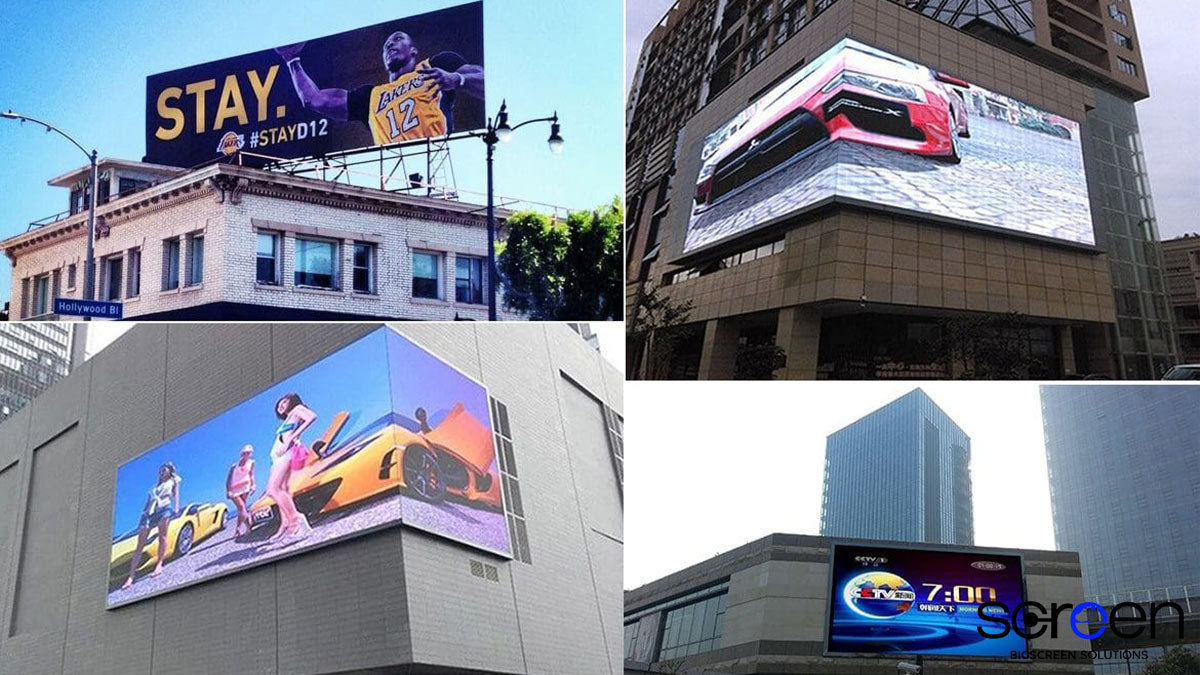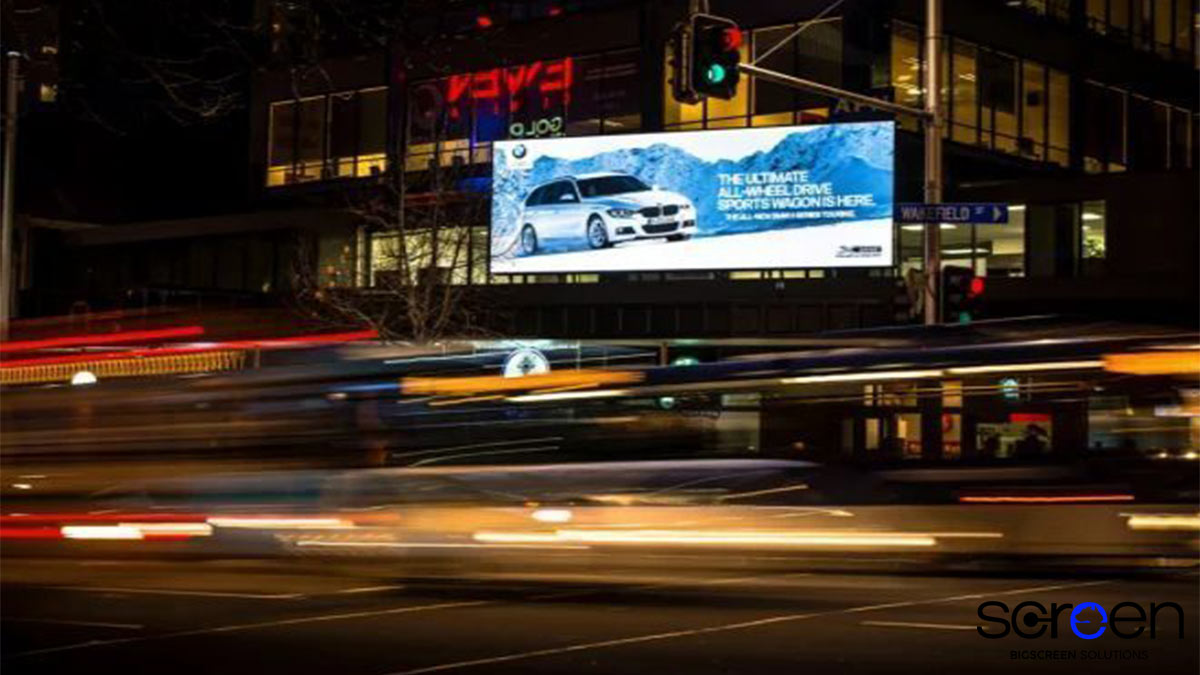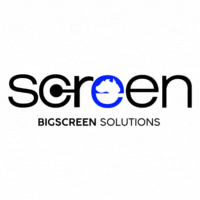In today’s fast-paced digital world, businesses are constantly seeking innovative ways to stand out and grab consumer attention. One of the most effective tools for this purpose is the Outdoor LED Advertising Display. These bright, high-resolution screens are now a staple in retail centers, sports stadiums, transportation hubs, and public squares.
However, if you’re looking to Choose Outdoor LED Advertising Display solutions, it’s important to understand the different types, features, technologies, and strategic considerations involved in making the right selection. This guide will help you navigate the complexities and select the display that meets your goals and maximizes your return on investment.
Understanding Outdoor LED Advertising Displays

Before diving into technical considerations, it’s important to clarify what an Outdoor LED Advertising Display is. These are large-format digital displays designed for external environments, equipped with high brightness and robust weatherproofing. They can stream videos, display static images, showcase animations, or integrate real-time data like traffic or weather updates.
The key advantage is their visibility under all lighting conditions. Whether it’s a sunny afternoon or a rainy evening, a well-configured LED display ensures your content remains vibrant and legible.
Why It’s Crucial to Choose Outdoor LED Advertising Display Carefully
The decision to Choose Outdoor LED Advertising Display involves more than just selecting the biggest or brightest screen. It requires consideration of your audience, budget, environment, and content strategy. Making the wrong choice can lead to poor performance, high maintenance costs, and diminished ROI.
By taking a strategic approach to this decision, you can ensure your investment aligns with your marketing objectives and delivers sustained results.
1. Identify Your Primary Use Case
Before you choose an outdoor LED, define what you’ll be using it for. Will it be a digital billboard on a highway? An information board at a transport hub? Or an attention-grabbing display at a shopping mall entrance?
Each use case demands different technical configurations, such as brightness levels, screen size, and resolution. For example, billboards on highways require higher brightness and larger pixel pitch since they are viewed from long distances. On the other hand, a screen at a bus stop may require higher resolution and smaller pitch due to close-range viewing.
2. Evaluate Environmental Conditions
Weather conditions can significantly impact LED screen performance. To Choose Outdoor LED Advertising Display effectively, you need to evaluate the environmental factors:
- Rain or snow: Requires high IP-rated enclosures (usually IP65 or higher).
- Sunlight exposure: Requires high brightness (typically 5,000 nits or more).
- Temperature swings: Demands temperature-resistant materials and ventilation.
This is where Waterproof LED Display Screens are particularly beneficial. These screens are designed to handle moisture, humidity, and debris without compromising performance or longevity.
3. Importance of Pixel Pitch and Resolution
When selecting your display, one of the most critical technical specs is Pixel Pitch in LED Video Wall systems. Pixel pitch refers to the distance between the centers of two adjacent pixels. A smaller pitch means higher pixel density, resulting in better resolution.
For example:
- P3–P6: Suitable for close-up viewing (e.g., walkways or shopping areas)
- P8–P10: Appropriate for medium distances (e.g., building façades)
- P16+: Best for long-distance viewing (e.g., highways)
The right pixel pitch helps ensure your images and videos appear sharp and smooth, no matter the audience’s distance.
4. Brightness and Contrast Levels
To ensure visibility in outdoor environments, LED screens must offer high brightness. Displays under 3,000 nits will struggle in direct sunlight, while high-end outdoor displays typically range from 5,000 to 10,000 nits.
High contrast ratios are equally essential for clarity. The display should handle dynamic content with ease, ensuring vibrant colors, legible text, and fast-moving video playback.
This is also a great time to look into A Power Consumption Comparison of LED Display Technologies, which can provide insights into how energy efficiency varies across brightness levels and LED types.
5. Content Management and Connectivity
Another vital aspect when you choose an outdoor LED display is the content delivery system. A robust CMS (Content Management System) will allow you to:
- Schedule ads
- Display live content or data feeds
- Integrate social media or weather updates
- Monitor performance remotely
A good CMS enhances your display’s flexibility, making it a dynamic communication tool rather than a static billboard.
6. Durability and Maintenance
Outdoor displays face tough conditions, and breakdowns can be costly. To Choose Outdoor LED Advertising Display wisely, opt for screens with:
- Aluminum or stainless steel casings
- Anti-corrosion coatings
- Front or rear access for repairs
- Automated diagnostics
One company that specializes in deploying rugged screens for city infrastructure recently reported using their LED Sign installations continuously through snowstorms and heatwaves—highlighting the importance of long-lasting materials.
7. Size and Placement Strategy
Your display’s impact depends on its size, elevation, and angle relative to your audience. Large-scale screens require solid structural foundations, while smaller units might be mounted on building walls or light poles.
Make sure the display isn’t obstructed and that it’s placed within the natural line of sight for maximum engagement. A poor placement can ruin even the most high-tech screen.
Some companies, especially for short-term installations, hire led screen options instead of buying. This allows for testing different screen sizes and placements before committing to a permanent solution.
8. Budgeting and ROI Considerations
The price of an outdoor LED display varies greatly based on size, resolution, build quality, and included features. But the lowest price isn’t always the best value. Think long-term: higher-quality displays last longer, require less maintenance, and provide better performance.
Refer to guides like Things to Consider When Buying a LED Display to make a cost-effective and future-proof decision.
9. Compliance and Safety Standards
Always ensure your LED display complies with local zoning laws, brightness regulations, and safety codes. Outdoor screens often require municipal permits, especially in urban areas.
Some cities enforce maximum brightness levels at night or limit motion-based content. Understanding these rules early helps prevent costly revisions or penalties down the line.
10. Flexibility for Events and Campaigns
For businesses that run seasonal promotions or live events, it’s wise to consider flexible configurations. Modular LED panels allow you to scale up or down depending on the campaign. If you don’t need a permanent setup, you may find value in renting.
A recent expo in Las Vegas used modular displays from a vendor specializing in How to Choose the Right LED Screen for Your Event? The screens were easy to assemble, drew large crowds, and were dismantled without any damage—an ideal choice for event marketers.
11. Operational Benefits of LED Technology

Outdoor LED displays offer 24/7 operability, minimal downtime, and real-time adaptability—benefits that traditional printed billboards can’t match. Plus, LED displays consume less power over time thanks to innovations in energy-efficient diodes and smart brightness controls.
To better understand the long-term efficiency gains, marketers and engineers often refer to resources like The Benefits of Hiring an LED Screen, which outlines energy and cost advantages in various deployment scenarios.
Real-Life Case Study
A retail franchise located on a busy intersection wanted to install an attention-grabbing display to promote flash sales and new arrivals. After thorough research, they decided to Choose Outdoor LED Advertising Display options featuring:
- P6 pixel pitch
- 6,000 nits brightness
- Waterproof casing (IP65 rated)
- Automated content scheduling
The result? A 30% increase in foot traffic and significant boosts in daily sales. Their success hinged on selecting the right technology for their unique environment.
Final Thoughts
The decision to Choose Outdoor LED Advertising Display solutions should be guided by purpose, environment, content type, and long-term objectives. From pixel pitch and brightness to waterproofing and content integration, each component plays a crucial role in overall performance.
When you choose an outdoor LED display that’s tailored to your business needs, the return on investment can be substantial—through greater audience engagement, increased brand visibility, and higher conversion rates.
So whether you’re launching a high-profile advertising campaign or installing a city-wide information system, remember: the best digital signage solutions start with smart choices, not just flashy screens.




